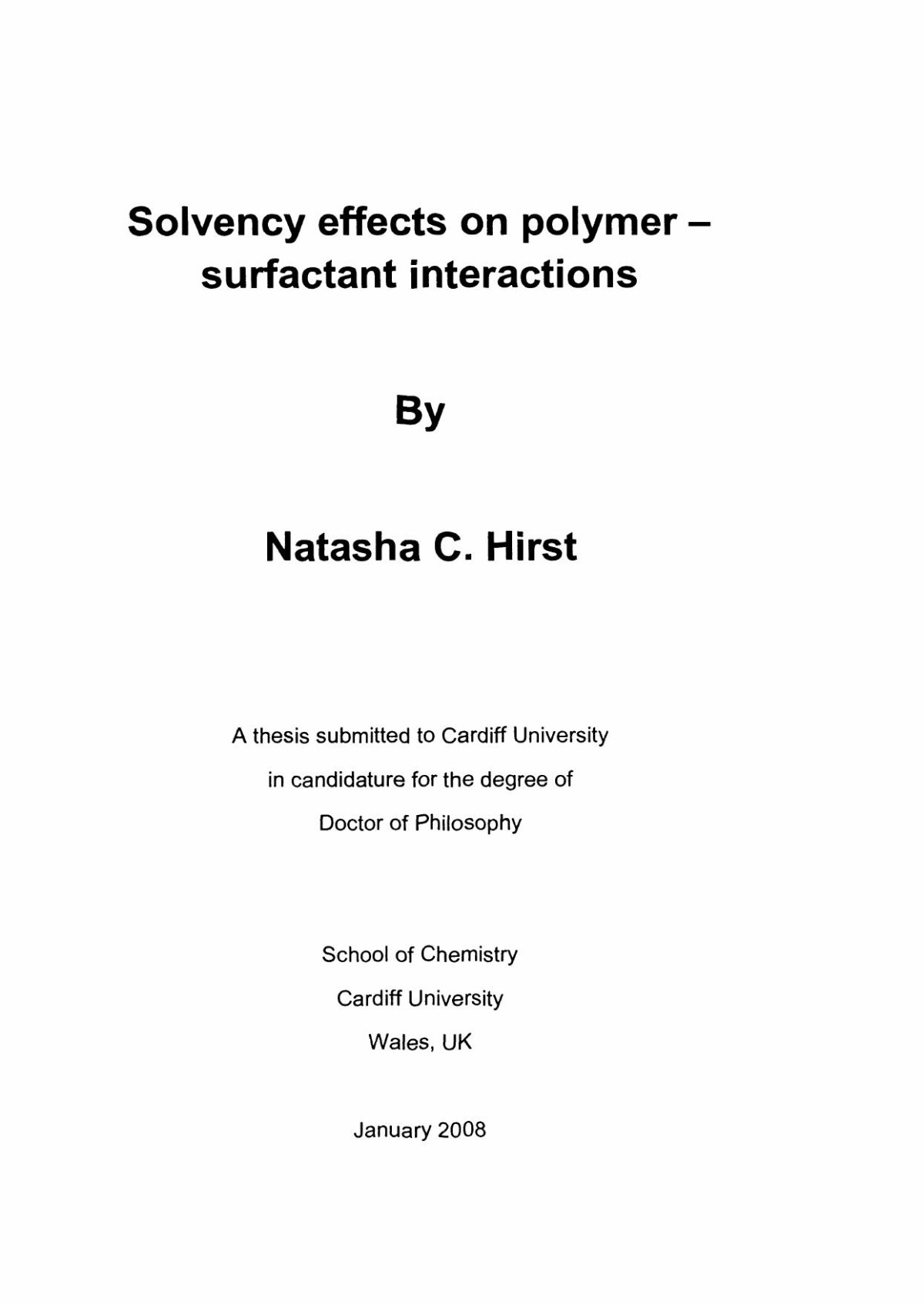

Most ebook files are in PDF format, so you can easily read them using various software such as Foxit Reader or directly on the Google Chrome browser.
Some ebook files are released by publishers in other formats such as .awz, .mobi, .epub, .fb2, etc. You may need to install specific software to read these formats on mobile/PC, such as Calibre.
Please read the tutorial at this link: https://ebookbell.com/faq
We offer FREE conversion to the popular formats you request; however, this may take some time. Therefore, right after payment, please email us, and we will try to provide the service as quickly as possible.
For some exceptional file formats or broken links (if any), please refrain from opening any disputes. Instead, email us first, and we will try to assist within a maximum of 6 hours.
EbookBell Team

5.0
100 reviewsGaining a comprehensive understanding of the properties and functions of surfactant and polymer systems in a range of solvents will support the continued development of new uses for these systems.
Against this background, this study characterised the interaction of the anionic surfactant sodium dodecyl sulphate (SDS) with the nonionic polymer, poly(vinylpyrrolidone) (PVP) in ethanol/water mixtures. A wide range of techniques were used, including surface tension, fluorescence spectroscopy, Nuclear Magnetic Resonance, Electron Paramagnetic Resonance, Small-Angle Neutron Scattering, and viscometry. This enabled properties such as the, critical micelle concentration and critical aggregation concentration (or CMC1) to be determined, as well as measuring the size and shape of micelles formed and of polymer configurations and further establishing trends in these physical properties with solvent composition.
The study then went on to investigate SDS with a non-ionic triblock copolymer, Pluronic P104, in ethanol/water mixtures. This was a more challenging system and yielded some preliminary results, setting the way for further work on the interactions of ethanol with pluronics and surfactants.